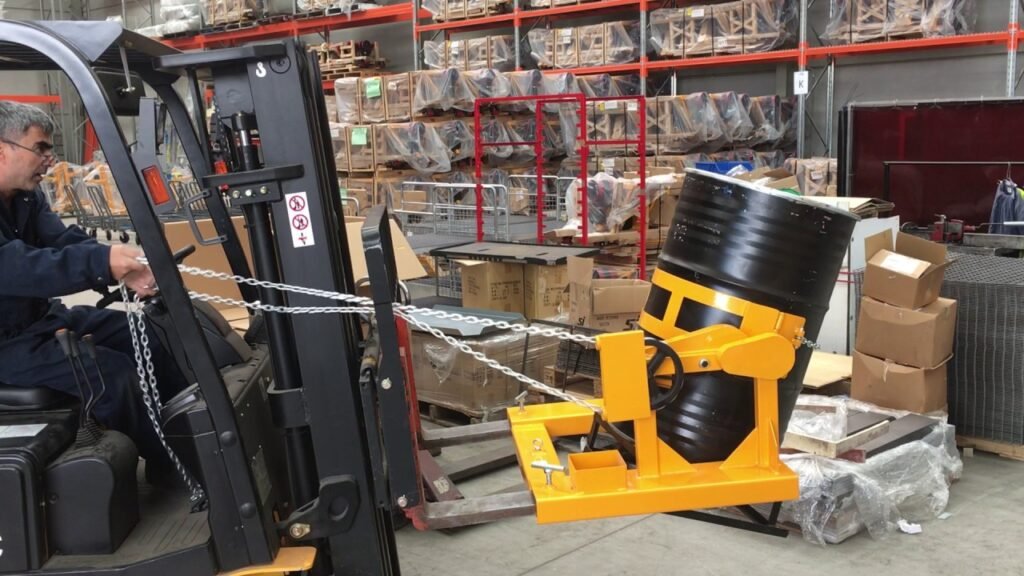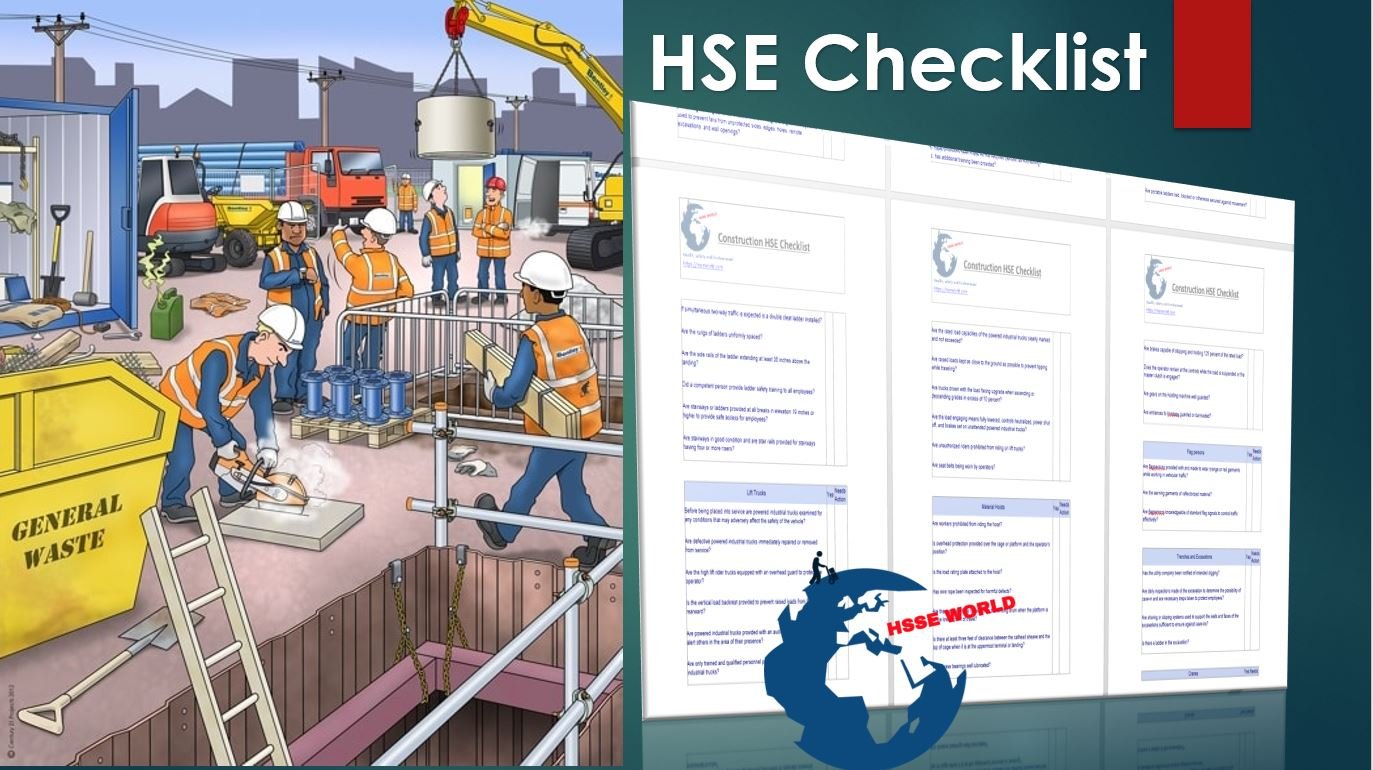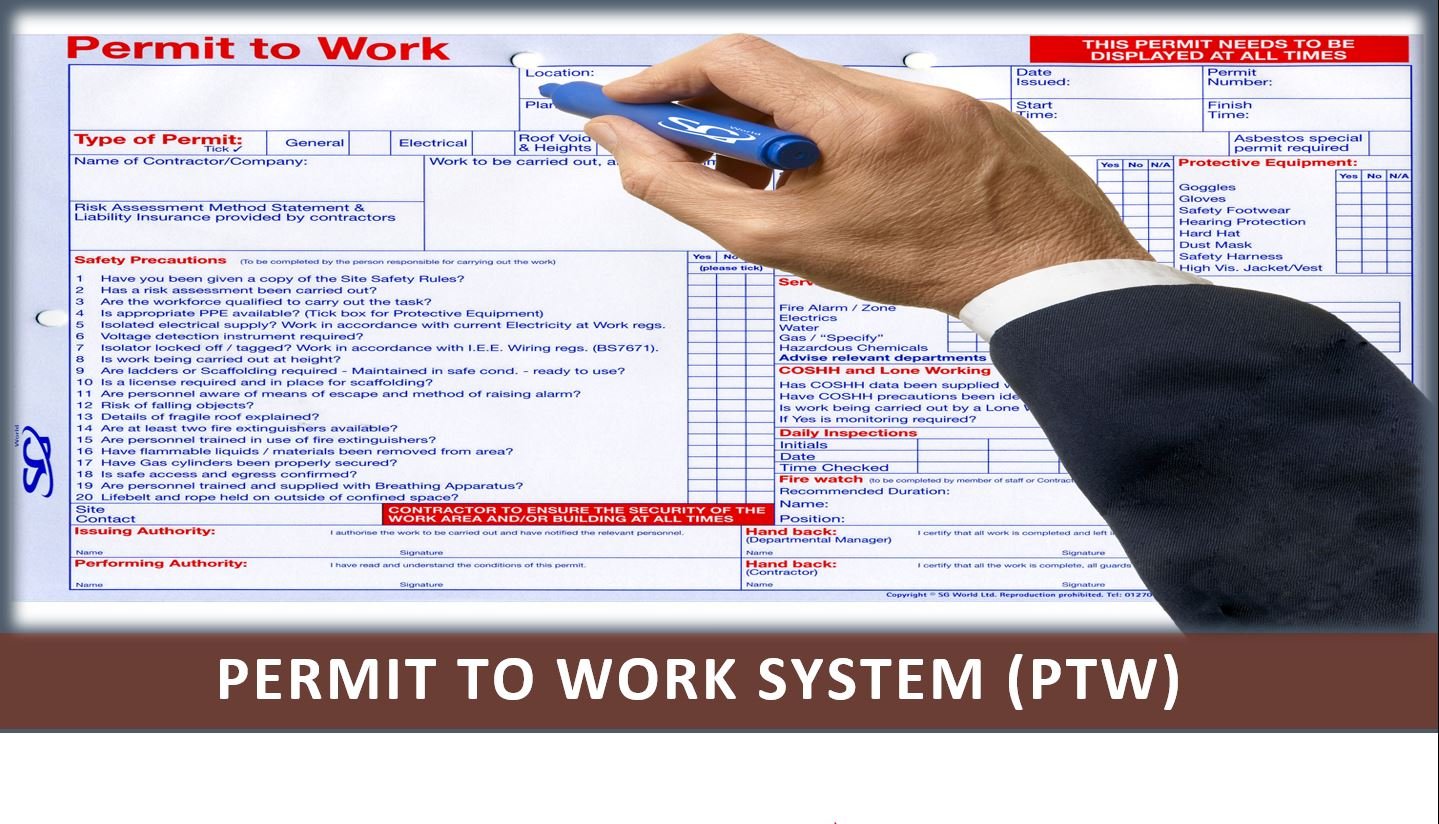Chemical spills are not limited to any one industry or business type. Simply put, any organization that carries chemicals is susceptible to spills. Therefore, they must be prepared.
Spills regularly happen in:
- Workshops
- Laboratories
- Chemical storage companies
- Manufacturing sectors
Preparing an effective and fully-equipped hazardous chemical spill procedure is your best defense against chemical spills in the workplace. Here’s how you can prepare for spills in five easy steps.

When working with hazardous chemicals, preparation is key. The old mitigation strategy of “just throw some sawdust on it” doesn’t cut it – although spill response is often a version of that.
To be properly prepared, employers need to assess the kinds of spills that are possible on their sites and what the consequences of those spills might be.
Incidental Chemical Spills
OSHA allows for what it calls “incidental spill,” which it defines as:
a release of a hazardous substance that does not pose a significant safety or health hazard to employees in the immediate vicinity or to the worker cleaning it up, nor does it have the potential to become an emergency.
It is incumbent on both the worker and employer to ensure they understand this, and also know the thresholds that pertain to the specific material in use.
Safety Data Sheets
When completing a hazard assessment for a specific task involving the use of chemicals, workers should take a look at the specific hazards posed by that particular chemical. It’s way too late to be thinking “what do we do” as some fugitive substance is freely running down a storm drain or slithering towards the welding area.
Fortunately, the work has already been done to establish the hazards common chemicals pose to humans and the environment, their physical characteristics, flammability, reactivity, as well as spill response and handling guidelines. These are all found in the Safety Data Sheets (formerly known as Material Safety Data Sheets) for each product.
Each Safety Data Sheet consists of sixteen sections that break down everything a worker needs to know about the chemicals they work with or around. This includes ecological hazards, disposal considerations, exposure controls, physical properties, toxicological information, firefighting information, and other details germane to the spill response of a particular product.
This information is invaluable. If a chemical is on the worksite, so should its SDS.
WHMIS, GHS, and HAZWOPER
Having the SDS on site is important, but just leaving it in a binder isn’t enough. Workers also need to know how to read and understand these documents and put the proper controls in place.
To that end, most workplaces (and many legislative jurisdictions) have implemented mandatory WHMIS/GHS training.WHMIS stands for “Workplace Hazardous Materials Information System” and is used in Canada. But as of 2015, it has been aligned with the GHS or “Global Harmonized System.” These systems give information about how materials can be safely stored, used, and disposed of using familiar standardized pictograms and wording so that the same materials will be handled in a consistent manner across all industries.
(Learn about Health and Safety Symbols and Their Meanings)
Workers handling potentially hazardous materials should be aware of the generic aspects of material handling such as how to find information on an SDS, but also the site-specific aspects. If a particular resource is needed, or a particular responsibility exists for handling substances, the worker needs to know this before they are allowed to perform those tasks. One effective way to ensure that workers review the requirements for working safely is to have them perform a risk assessment before the task begins.
The risk assessment related to working with specific chemicals will also indicate whether a spill will require an emergency response from a HAZWOPER-trained team. Hazardous Waste Operations and Emergency Response teams have specialized training to respond to spills that may be particularly toxic, reactive, or otherwise hazardous. Beyond the “incidental” threshold, spills may require the use of such a team.
(Learn more in Hazardous wastes Management)
Spill Response Measures
Even when all the proper precautions have been taken, spills can still happen. When they do, the hope is that the preparation can also help to mitigate the potential damage:
- Supplies are on hand
- Adequate PPE is available to everyone and donned properly
- Alarm systems are in place and tested
- Emergency procedures have been established
- Workers have been trained
When everyone knows what to do and has clear procedures to follow, many spills can be relatively mundane occurrences.
When a spill takes place, spill response procedures will follow four basic steps:
- Sound the alarm: Response requirements will vary, but some materials could require an evacuation if there is a loss of containment. This may be as simple as verbal notification to vacate the immediate area or request help with the subsequent steps.
- Control and stop the spill: Local ordinances and regulations usually prohibit anything going down drains other than water, so spilled material should be stopped before this can happen if possible. Floor drains can be blocked using a dike or other suitable method to keep material from entering, and depending on the probability of a spill this might’ve been done before the task even started.
- Limit the spread and mitigate the damage: People and materials should be cleared from the immediate area, and the spread can often be controlled by spreading neutral, absorbent material around the periphery of the spill area and working towards the center. Proper PPE must be worn to prevent exposure (depending on the substance in question).
- Cleanup: The SDS will give appropriate guidelines for how to clean up and dispose of the particular material safely. Where possible, substances can be neutralized so that the resulting product is less hazardous to work with.
Conduct Spill Response Drills
As with any emergency response plan, practice makes perfect. Conducting mock spill response drills helps put the muscle memory in place so workers aren’t scrambling when the real thing happens.
It is generally appropriate to run these drill or tabletop activities at least once a year and to address any deficiencies found during the drill. This helps ensure that everything is in place both procedurally and physically to mitigate the consequences of a spill. That way, everyone will know their role and perform it without hesitation.
( learn prevention-tips-to-reduce-the-incidence-of-chemical-spills/ )
These steps along with the correct equipment and training will ensure that spill response is both fast and effective.
1. Assess the risk
From the moment a spill occurs and throughout response, responders should determine the risks that may affect human health, the environment and property. This could be instant because you know the liquid spilled because you were working with it, or it may involve some investigation. The spilled material can be identified from the container label or the Safety Data Sheet (SDS).
Next, identify how much has been spilled and the primary dangers posed to the spill responders and the environment. Once the extent of the spill and the risks are understood, appropriate measures may need to be taken to isolate the spill area (e.g. setting up exclusion zones).
2. Select personal protective equipment (PPE)
The spill responder may already be wearing the necessary PPE because they were working with the spilled liquid, but if not, it is crucial that the appropriate PPE is chosen. Consulting the SDS, Chemical Manufacturers literature or the PPE Manufacturers literature can aid in choosing. If the danger is uncertain and the material is unknown, the worst should be assumed and the highest level of protection used.
New Pig does not supply PPE in their spill kits because the chemicals and liquids companies are responding to and sizes of personnel vary widely. PPE should be specifically chosen by the company using it so that the appropriate protection is chosen.
3. Confine the spill
Confining the spill may be a simple task for spills of a few litres or it could be more difficult for larger spills, so it is important to make sure that the correct absorbents and size of spill kit are available for the liquids that have been spilled. PIG Universal Absorbents absorb oils, coolants, solvents and water; PIG Oil-Only Absorbents soak up oil not water; PIG HazMat absorbents absorb most acids, caustics or unknown liquids. PIG Spill Kits come in a variety of sizes to accommodate both large and small spills.
Once the correct absorbents or kits have been chosen, responders should limit the spill area by blocking, diverting, or confining the spill. New Pig non-absorbent barriers such as our SpillBlocker Dike or a PIG Conical Drain Plug help to do so. The flow of the liquid should also be stopped before it has a chance to contaminate a water source – minimising the spill area and protecting drains are the priorities. Make sure the barrier is placed far enough away from the spill to ensure you can complete the setup but also far away from sensitive areas, such as drains and waterways.
4. Stop the source
This step may happen before the spill is even confined depending on the extent or the size of the spill. This could simply involve turning a container upright, or plugging a leak from a damaged drum or container. PIG Multi-Purpose Epoxy Putty is an effective product for stopping leaks from punctured pipes or drums. Once the leak has been stopped the liquids should be transferred from the damaged container to a new one.
5. Evaluate the incident and implement cleanup
Once the spill is confined and the leak has been stopped, it is time to reassess the incident and develop a plan of action for implementing the spill cleanup. First, responders should make sure they have enough spill response supplies to deal with the incident. Enough PIG Pillows and PIG Mat Pads should be used to quickly absorb the spill and should be placed throughout the confined spill area. Additional PIG Products can also be used such as vacuums, pumps and containers. Once the absorbents are saturated, they may be considered hazardous waste and should be disposed of properly.
6. Decontaminate
The site, personnel, and equipment should be decontaminated by removing or neutralising the hazardous materials that have accumulated during the spill. This may involve removing and disposing of contaminated media, such as soil, that was exposed during the spill incident. PPE may be able to be reused after inspection and cleanup. An effective decontamination area should also be created to ensure the health and safety of emergency responders.
7. Complete required reports
As soon as possible after the spill, all spill notifications and reports required by local and national guidelines should be completed. Failure to do so can result in severe penalties. Typical reports include medical reports, local council or district reports, Environment Agency reports and company safety reports.
The steps above are simply a guide for companies to follow when responding to spills. They do not constitute a spill response plan in themselves, but together they provide a framework for companies to build a customized plan. Taking these steps will help companies be more prepared and able to respond effectively to unexpected spills.




